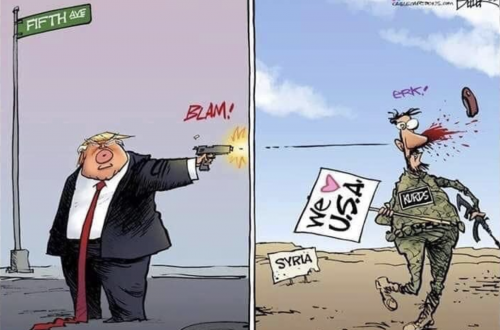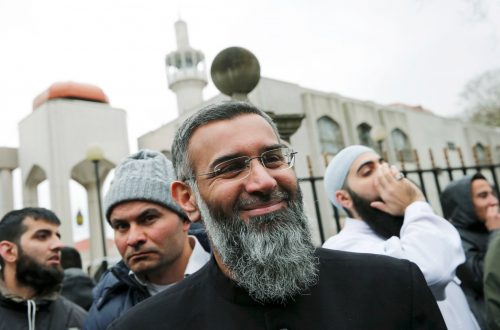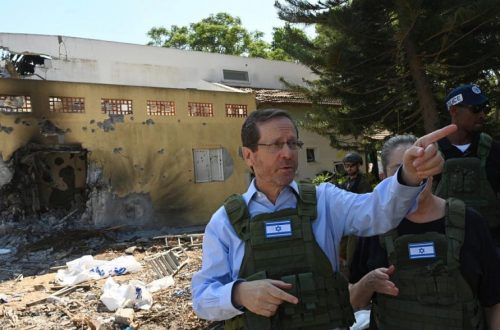I’m cross-posting this from my own blog Marc’s Words because I think it’s worthwhile making the point for the settlement enterprise and understanding what’s going on there as well as the diversity of “settlers” and “settlement” and certain other terms. I think I’ve made my own views on the whole thing pretty clear in the past though what I’ve probably been less clear about is that I understand what it is and where it comes from. With that in mind here is, if you like, the other side of the settlement argument. Also a (pretty obnoxious post) You are the racist, actually, not me is doing pretty well over at Times of Israel at the moment. The author Rachel Moore talks about settlement from a very right wing perspective. I think it’s worth reading.
Recently UN resolution 2334 passed through the United Nations Security Council by 14 votes to 0 with the United States abstaining. The resolution concerns the Israeli Palestinian conflict and specifically names settlements as an obstacle to solving the conflict;
“Condemning all measures aimed at altering the demographic composition, character and status of the Palestinian Territory occupied since 1967, including East Jerusalem, including, inter alia, the construction and expansion of settlements, transfer of Israeli settlers, confiscation of land, demolition of homes and displacement of Palestinian civilians, in violation of international humanitarian law and relevant resolutions.”
I wrote about Israel’s response to the resolution in some length over at Harry’s Place though it occurs to me that in everything I’ve read surrounding the issue of Israeli settlements there has been very little understanding of exactly what they are and even less about who a settler actually is.
In order to do that it’s worth starting with Jerusalem, the site of so many Holy Places that if you started digging in any random part of it you’ll probably turn up an ancient artefact with religious significance to one or all three of the world’s great monotheistic religions.
But let’s start with the holy of holies, the site of the Second Temple itself built on the site of King Solomon’s original temple. It’s the place where the Jews kept the long missing original God given Torah and where Muhammed ascended to heaven. That act by the way sealed it into Islamic lore as their third holiest city after Mecca and Medina.
With its status as the third holiest city in Islam and the holiest city for Jews you can understand why the status of Jerusalem is a cause for concern for Jews and Muslims. The Temple Mount came under Israeli control in 1967 and Muslims naturally want to make sure that the Dome of the Rock and the al Aqsa Mosques that sit on the Temple Mount are well taken care of, that there is freedom of worship for the Muslims who wish to pray there and that the Israelis don’t do any damage to the Islamic holy places.
If you can understand this then you can understand Jewish settlement perfectly well because it is happening for the exact same reasons.
And if you’re about to say “yeah but all of the people living there are Muslims”, then you’re really understanding the impetus for Jewish settlement.
In 1967 Israel took over East Jerusalem, the site of the Temple Mount along with the West Bank of the Jordan River also known by the biblical names Judea and Samaria. If you want to talk about the old testament you’re going to be spending a lot of time talking about Judea and Samaria as it’s where most of it happened. It’s where Abraham, Isaac and Jacob are buried, it’s where Sarah, Ruth and Rebecca are buried and it’s where the ancient Hebrews entered into the Holy Land and fought so many battles as soldiers of the Hebrew Kings and before.
When the Jordanian Arab Legion knocked the Jewish presence out of the Old City during Israel’s War of Independence they used artillery to demolish 58 Jewish synagogues, used gravestones form the mount of Olives cemetery to pave a road they built through it and refused to allow Jews to worship at their holy sites for the 19 years it was in their hands. This was in direct contravention to the armistice agreement signed by the two sides that marked the end of the War of Independence. This agreement specifically mandated that Jews would be allowed to worship in the Old City. They were not.
So the reason settlement is so important is because Jews were not only deprived of the right to worship for so long but because their holy places weren’t respected and were even desecrated. Menachem Begin annexed the Eastern part of Jerusalem in 1980 calling it the undivided Capital of the State of Israel. This annexation hasn’t been recognised by any country in the world. Settlement is considered by those Jews for whom the city is sacred as the best way of ensuring that Jews are able to pray at their holiest site forever more. The phrase “facts on the ground” comes from this reasoning.Anyone arguing that Israel and the Palestinians should somehow have those unreasonable barriers doesn’t understand just what the city looked when divided in this way. Between 1948 and 1967 Jerusalem was a city arbitrarily divided by two armies facing one another in pillboxes with defences that made the Berlin Wall look like a garden fence. The city was literally divided at a point at which the armies stopped fighting with no rhyme or reason to it. It’s not in anyone’s best interests to go back to that situation.
There was once a consistent Jewish presence in the West Bank city of Hebron of religious Jews but in 1929 they were massacred and the Jewish presence in the city ended. It ended up until 1967 when Israel conquered the city in the Six Day war at which point, finally, Jews were able to visit their holy sites once again. The fact that the Jewish presence in 1929 ended for such a macabre reason provides added gusto to making sure that this time the Jewish presence remains and the Jewish holy places are continually open.
The city of Hebron is the final resting place of the greatest Hebrew prophets and is one of the four holy cities in Judaism along with Jerusalem, Safed and Tiberias. Consideration the pressure exerted on Israel to look after the Muslim Holy sites in Jerusalem consider the pressure exerted on Israel not to allow any Jewish settlement in one of the four holy cities in Judaism. Again those Jews who wish to ensure continued access for Jews to pray in Hebron make sure they live there or as close to the site of the shrine to the Fathers of the Jewish people as they possibly can. As far as they’re concerned it’s the only way they can make sure forever more that the Jewish religion and people receive the respect they deserve.
Bearing in mind the history of the area it is hardly surprising that there are people who wish to ensure that there is a future for Jews in the biblical land of Israel providing them the opportunity to worship and learn in the very places where the fathers and mothers of the religion roamed and found their final resting place. So next time you hear the word “settlers” in the context of the Israel Palestinian conflict you might want to bear in mind that as far as they’re concerned they are guardians of the Jewish faith and the right of the Jewish people to pray at their holy places.


